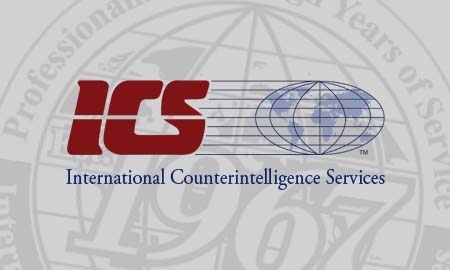
For this reason, we should all be aware of the possible dangers as well as the measures that can be taken to limit surveillance.
Standard telephone systems are very vulnerable to wiretaps. It doesn’t require a high level of skill or technology to intercept a voice communication. There are many locations where a wiretap can be placed. For example, microphones in many older telephone handsets can be replaced with one that can also transmit to a remote receiver. Taps can also be placed at the telephone boxes in the basements of buildings, on the lines outside of a home or office, or on telephone pole junction boxes.
New technologies, such as computerized voice recognition, which can automate surveillance, are being actively developed. There are also reports that the U.S. government assisted the Colombian government in tracking down drug cartel leaders by using voice recognition technologies on cellular phone calls.
Most types of electronic communication can be intercepted without a high level of expertise or expensive equipment. Surveillance equipment is not difficult to construct and is available in many electronics stores. Many manufacturers sell surveillance devices to any buyer, without restrictions. With the range of small and affordable eavesdropping equipment now available, the threat of eavesdropping is becoming more of a problem.
There are four examples of bugging devices commonly used:
-
Acoustic Bug: A type of bugging device that does not use electronics. Eavesdropping occurs through the use of a drinking glass, stethoscope, rubber tube, tape recorder, digital recorder, or other device that enables the eavesdropper to hear what is being said.
-
Ultrasonic or VLF Bug: A device which converts the sound into an audio signal which cannot be heard by human ears. The ultrasound signal is intercepted and converted back to audible frequencies.
-
Radio Frequency Bug: The most common type of audio bugging device. This device uses a transmitter to capture sounds and transport them to another location.
-
Optical Bug: Converts sound into an optical pulse.
Persons known or unknown to you may use these devices to steal information in an effort to further their goals. A bugging device or wiretap can be a key component of pre-attack intelligence gathering. Eavesdropping is the one early-warning sign of spying that can be detected. Many times, when eavesdropping is detected, the attack can be thwarted. Proactive eavesdropping detection is cheap insurance.
ICS offers Technical Surveillance Countermeasures (TSCM) or "bug detection" nationwide, and we specialize in protecting communications against illegal eavesdropping, wiretapping, video voyeurism, and corporate espionage.
TSCM services include a physical search of the target site along with state-of-the-art eavesdropping detection equipment to locate devices such as:
- Hidden microphones
- Bugs and taps
- Transmitters
- Audio recorders
- GPS tracking devices
- Closed-circuit television systems (CCTV)
- Covert cameras which operate by infrared, spread-spectrum, frequency hopping, burst, carrier current, or other transmission methods.
FOR PURPOSES OF SERVICE INTEGRITY, ICS DOES NOT EMPLOY ITS KNOWLEDGE OF EXPERTISE FOR THE USE OR MARKETING OR WEB MATERIAL.
Technical Surveillance Countermeasures
Technical Surveillance Countermeasures (TSCM): Counterintelligence techniques and measures...
WE HIGHLY RECOMMEND YOU CONTACT OUR OFFICE FOR A FREE CONSULTATION FOR YOUR MATTER-- ONLINE OR OTHERWISE 24/7.
(2/20/2013)